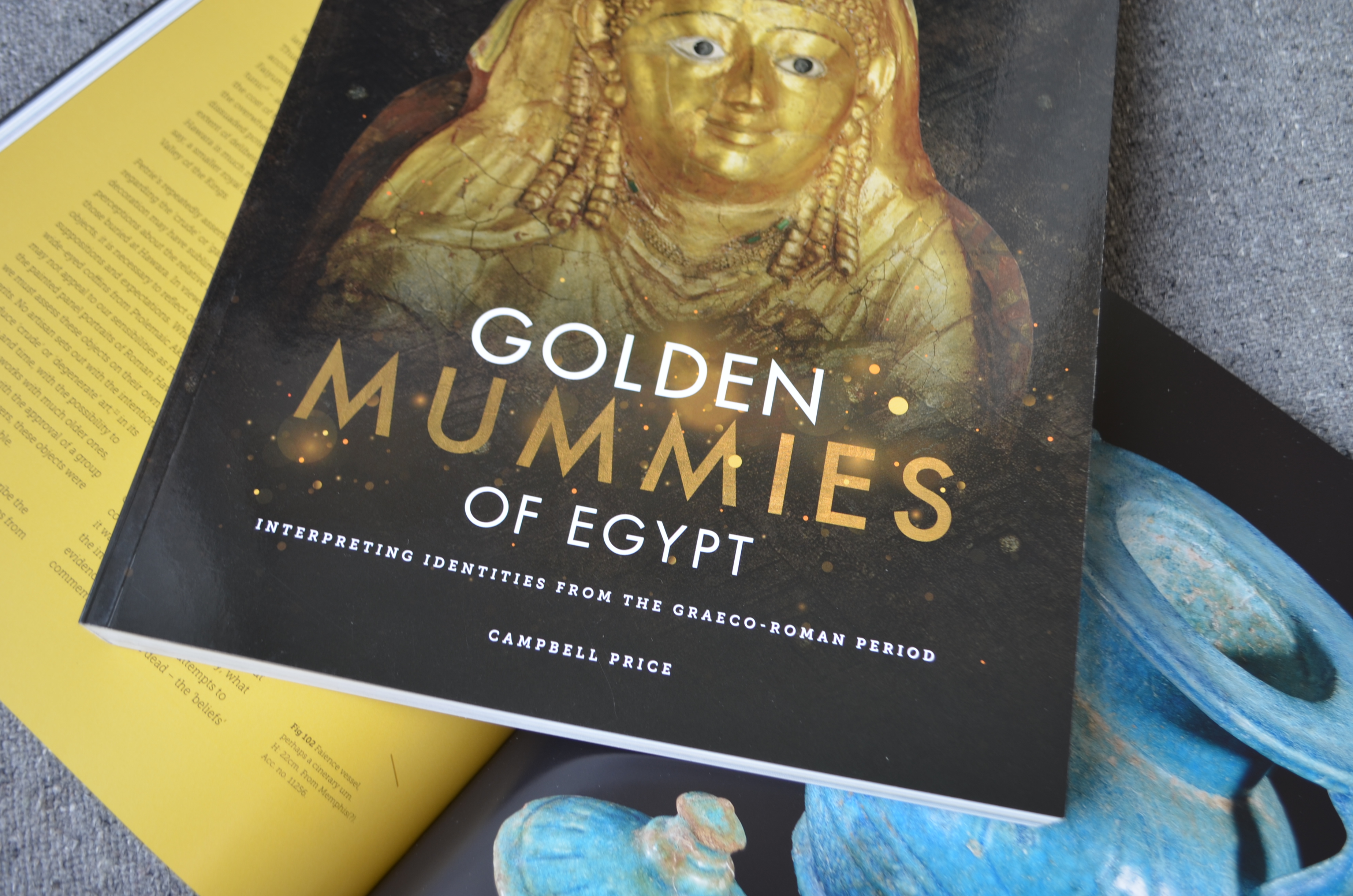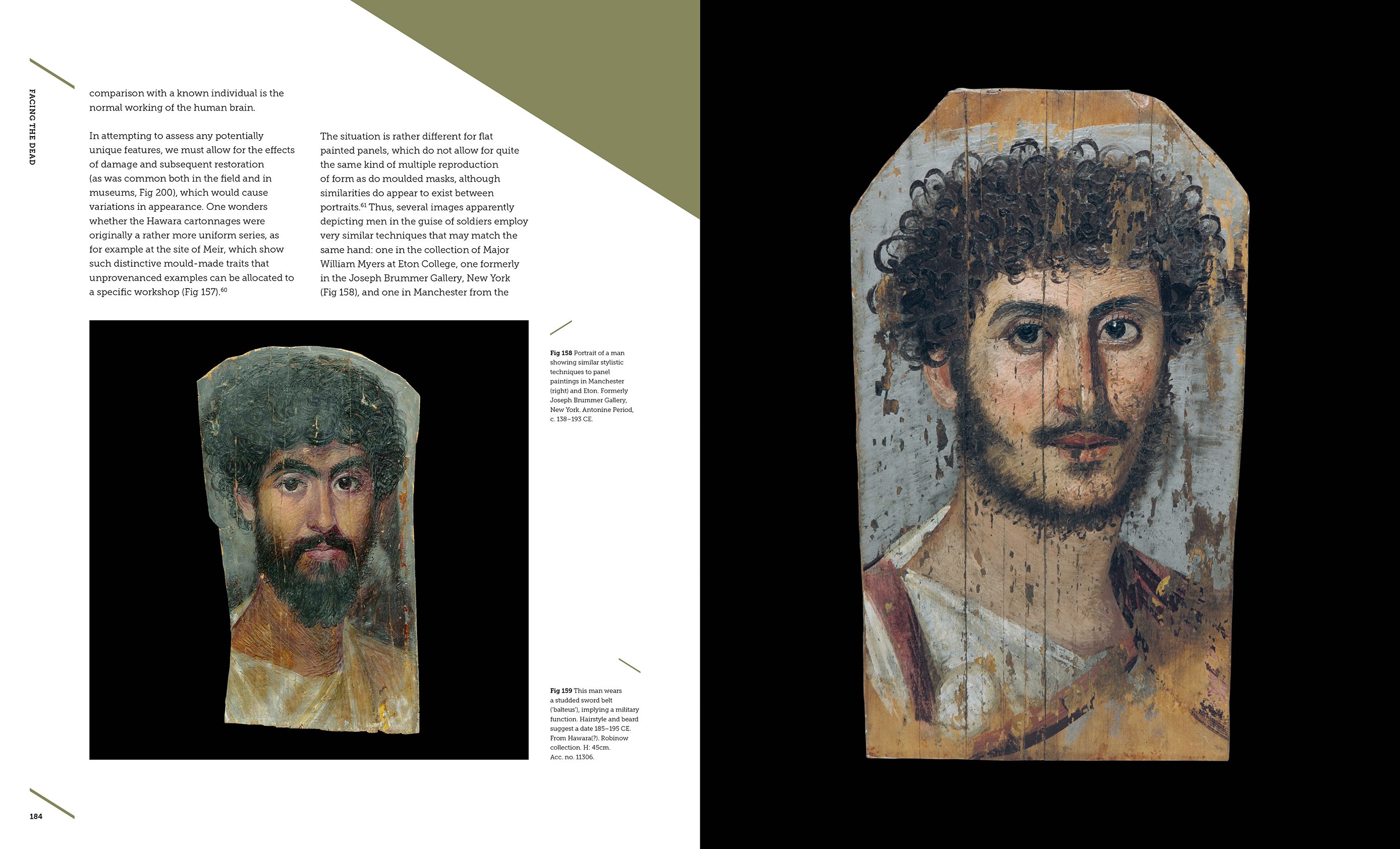After something of hiatus, we return to blogging with reports from our Archaeology Summer Placement student. First up, Sonia Prakash, on some highlights of the time spent in the museum in July!
Hi everyone! My name’s Sonia and I’ve just begun my third year studying Classics and Egyptology at the University of Manchester. I have had such a fantastic time doing this placement with Campbell as it really gave me a flavour of the wide range of work that goes on at museums.

A key highlight of mine would have to be sorting through correspondence from the early 1900’s. Although I have some previous experience of transcribing, I found this to be quite a challenging task as a lot of the handwriting was difficult to understand (especially Petrie’s!). However, it was incredibly rewarding after having deciphered a letter, especially if it revealed interesting information. A particularly exciting letter was one sent by W. M. Flinders Petrie (1853-1942) in which he invited the Manchester Museum to support him in establishing the Egyptian Research Account. Here he wished to promote scientific research in Egypt and allow students to take up their own original research. Since there was no British School of Archaeology in Egypt, Petrie expressed the need for a more definite Archaeological School to make excavations, the supply of materials and funds easier to acquire. This gave me a valuable insight into what Egyptology was like at the time, how it developed, and what a significant role the Manchester Museum played in the evolution of the field. There were also a number of peculiar letters, such as one from a costume shop owner who wrote to the museum asking them to assess some objects he was in possession of and to let him know if they were indeed genuine artefacts. However, when looking at his drawings (below), they appeared to simply be replicas. Another fascinating find was an original seal from the Egypt Excavation Fund – now known as the Egypt Exploration Society (where I currently volunteer).
Towards the end of the placement, we spent the majority of our time in the organic stores sorting through and cataloguing paintings. The Manchester Museum’s collection of Nina and Norman de Garis Davies paintings was especially exciting as it gave us an opportunity to decipher hieroglyphs, analyse small details and decode the artwork. These paintings were made by a married couple of illustrators who documented tomb paintings from the Theban Necropolis. One of the most impressive paintings comes from Tomb 51 of Userhet called Neferhabef, which displays him wearing a leopard garment, an elaborate usekh collar and bearing an offering cup. Analysing these paintings was a great opportunity to apply the skills and knowledge learnt at university in a sort of puzzle-solving activity.
I thoroughly enjoyed my time at the Manchester Museum as it was a chance to fully immerse myself in Egyptology and museum work. A huge thank you to Campbell and the other students for making this such an enjoyable placement!



























